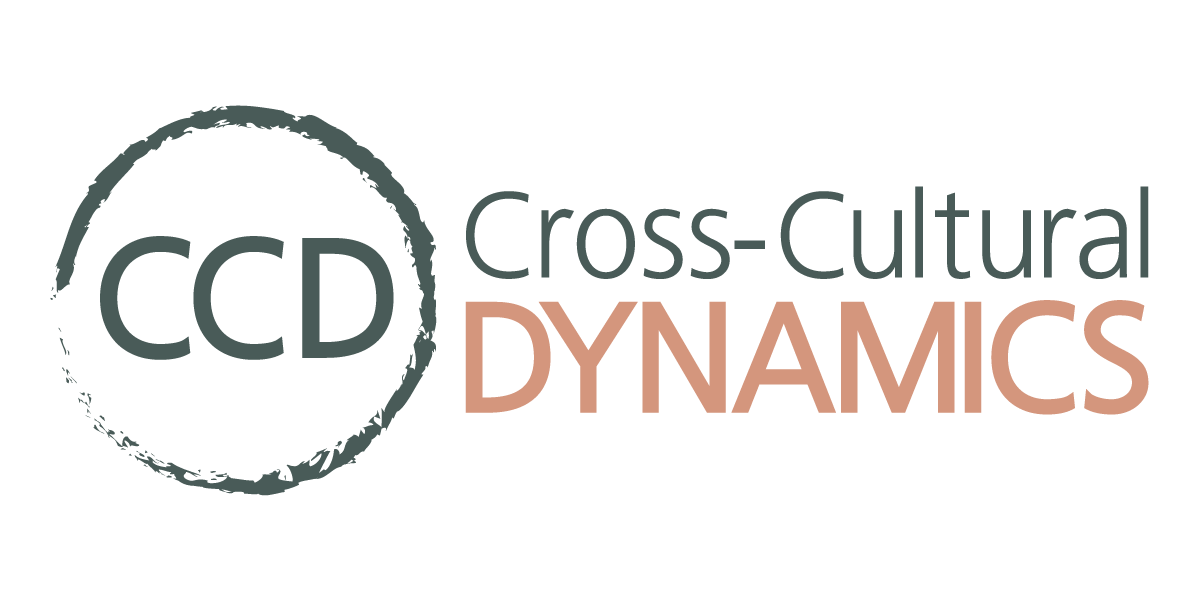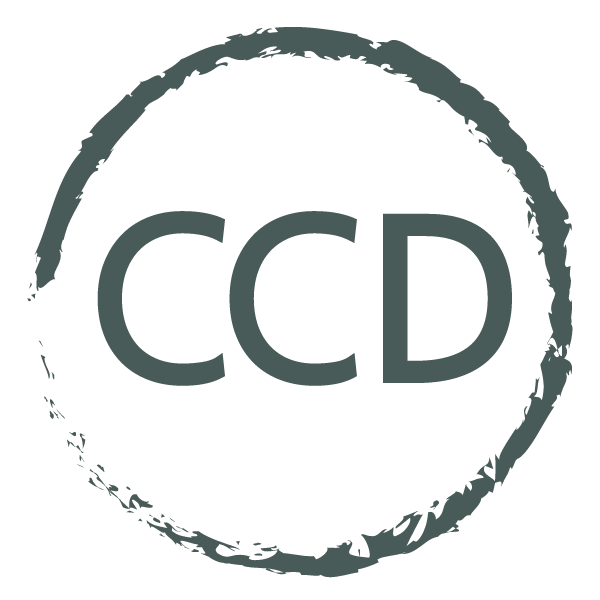When Leadership and DEI Connect
Through all my years of studying, teaching, and implementing Diversity, Equity, and Inclusion, I have come to find consistent responses from the leadership teams I work with. Countless leaders crave the effects of DEI in their organizations. Participants are eager to learn and desire to invest more in DEI. There is a collective intention to deepen the roots of DEI. This encourages me. Every time I sense this hunger within leadership in my consultations, it gives me further opportunity to study the effectiveness of DEI work in varying contexts.
With ample opportunity to study this, I began to focus on the efficacy of DEI work and its connection to leadership specifically. I began to question our understanding of what leadership is (or should be) from a DEI framework. Others have been pondering leadership effectiveness as well.
Thomas Wedell-Wedellsborg makes a helpful observation in the Harvard Business Review. He states, “In surveys of 106 C-suite executives who represented 91 private and public-sector companies in 17 countries, I found that a full 85% strongly agreed or agreed that their organizations were bad at problem diagnosis, and 87% strongly agreed or agreed that this flaw carried significant costs. Fewer than one in 10 said they were unaffected by the issue. The pattern is clear: Spurred by a penchant for action, managers tend to switch quickly into solution mode without checking whether they really understand the problem.”
Throughout my study, it’s become clear to me that culturally competent leaders embrace inclusive and equitable organizational cultures.
What does this mean?
When a leader (or the person at the top of the org chart) embraces an inclusive and equitable culture, it means they are responsible for the following:
Creating conditions where everyone is valued and able to contribute skills/talents to the work
Modeling these values
Ensuring these values are upheld at all times
If leaders are to truly carry out the functions mentioned above, we need to rethink the approach we often take with DEI.
Over the past two decades or so, many top leaders in organizations have done one of two things with DEI: shifted the responsibility to senior leaders (typically HR) or created a DEI position in the organization. While many leaders were well-intended in doing so, this standard of doing DEI has either failed or is very slow moving, if moving at all. To find out what happened, we have to remember the role of the top leader. This person is ultimately responsible for setting the values, seeing the mission is being carried out, and establishing KPIs and KBIs (Key Performance Indicators and Key Behaviors Indicators). With this understanding of a leader’s role in creating the culture of an organization, I pose the following question:
Why aren’t more leaders directly involved with DEI?
As I rehearsed this question in my mind, I began a new journey of solving the mystery of what was likely a leadership disconnect. I encountered a learning concept from previous organizational leadership studies that struck me in a new way. It was like a lightbulb went off.
Triple-Loop Learning, a familiar concept to those in Organizational Development, involves reflecting on a key question: How did I originally learn about this topic? As I studied this concept more, I saw a direct correlation between how organizations learn as a whole and how we learn as individuals, especially when faced with foreign or sometimes offensive information. I reflected on previous presentations I’ve facilitated and those I’ve witnessed as a participant. Most of the trainings are great at giving data and action steps, but what’s missing is having individuals stop and reflect on that key question—How did I originally learn about this topic?
In studying Loop Learning, I was able to connect the dots on the leadership and DEI disconnect. Triple-loop learning plays a critical role.
In Triple-loop learning, you are reflecting on how you learned, where you learned, why you learned, and who taught you. In addition to that, it is just as important to understand how the information learned has been perpetuated in its teachings over your life—meaning, how has the teaching been reinforced in your understanding or lack of understanding.
Let me share an example to illustrate this:
About four years ago, Paul, a leader of an organization was seeking to celebrate President’s Day by sharing the story of George Washington, the first President of the United States, with his employees. Paul sent an email the Friday before President’s Day, highlighting its significance and the history of Washington.
Everyone was off of work on Monday because of the holiday, and the leader also took Tuesday off. While out-of-office, he started getting text messages from his chief of HR, who wanted to give him advanced notice that several of his employees had complained to HR about the email, stating it was insensitive.
To his dismay, he reread his email to ensure he hadn’t included any offensive language or misinformation. He concluded, “I didn’t do anything wrong, I simply stated facts.” On Wednesday when he was on his way to his office, he called me to tell me what was going on and to check my email (he had forwarded me his email). As we talked, I read his email. He was frantic because he didn’t want to offend anyone and truly had a genuine and caring heart. I said, “Paul, there is nothing wrong with your email.” He then said, “Then what did I do?” I replied, “Do you know who George Washington is?” He said, “Of course, he’s the first president and the founding father of the United States.” I said, “Correct, but George Washington also owned slaves and ordered the destruction of many indigenous communities and people.” Paul was silent for a moment, and then he said something I’ve heard far too often, “I never knew that.”
I went on to tell Paul about the history of George Washington and sent him literature to review. I told him that before he talked to anyone at his organization, he needed to go into his office, close the door, and read some of the materials I sent him. He needed to learn the totality of George Washington, which required unlearning what he originally had learned, to get a full picture of Washington.
This is the essence of triple-loop learning. Later, Paul told me he took the entire morning just digging into the history, pulling up different articles on his computer, questioning what he had learned previously, and so forth. Afterward, Paul sent another email to his employees apologizing—not for sending the email, but for his lack of well-rounded understanding about who Washington was.
Something very interesting happened. About three months prior to this incident, Paul was in a conversation with his leadership team to hire a director of DEI that would report to the chief of HR. They all agreed to the position, set a salary range, and posted the position. Because of the holidays and the fast start to the new year, they were slow in the process of filling this position. After the President’s Day email and the learning experience that came with it, Paul’s vision for DEI shifted. He realized that it wasn’t the director of DEI that would change the organization’s culture; he himself was in charge of it.
He met with his executive leadership team and discussed his experiences. He withdrew the director of DEI position and has changed his philosophy on DEI. Since that day, Paul has become a triple-loop leader and has reshaped his entire organizational culture to the benefit of his entire employee base. To this day, they do not have a director of DEI, and according to Paul, “We never will!”
While programs do exist in an attempt to target leadership and DEI, the focus is primarily on the concept of DEI, not leadership. For change to happen, leadership must be the focal point within a DEI framework. To accomplish this, I’ve developed a new concept called, Triple-Loop Leadership.
What is a Triple-Loop Leader?
A triple-loop leader transforms organizational culture by emphasizing the learning process—recalling how they learned in the first place. This leader challenges existing frameworks, beliefs, and systems that are in place by considering the context and asking, “How do we decide what the right things are, and why?” This awareness of “why” is fundamental to engaging leaders into thinking beyond a surface level of understanding.
Triple-loop leaders go into a deeper analysis of their belief systems. They are not just learning new skills, but learning new beliefs that change behaviors. They are systemic change-makers who consider why they do what they do and how they do what they do. They form a deeper understanding of the context that surrounds guiding beliefs and behaviors. They allow a team to see the big picture and are aware of how change is beneficial to everyone, not just a chosen few.
Why is Triple-Loop Leadership important?
Previous and current leadership models help us to think about our actions within the framework of our current beliefs. This is important because it helps us to start thinking about how our beliefs shape and impact our behaviors. However, genuine and scalable change doesn’t happen on an intellectual level; it happens on a foundational level that is more impactful on our very existence. Triple-loop leaders take it a step further. They go beyond insight and add a dynamic component by examining the context and asking more foundational questions such as: What is our purpose? What values guide us? Who are we becoming? How are we deciding what’s right? Why do we believe what we believe?
What are Triple-Loop Leadership Outcomes?
Transformation – A Triple-loop leader rethinks what is being transformed. By focusing on transforming lives first, you transform organizational culture.
Scalable and Sustainable Solutions – Values bind the organization together. How people treat one another, what they say and what they do, lays the foundation for a scaling culture.
Lifelong Learning Mindsets – Leaders develop a lifelong learning framework where they value and understand how important it is for personal growth.
Wisdom – Leaders have the ability to differentiate between right and wrong by seeking out knowledge and applying it.
Triple-loop leadership has been a game changer for many leaders, including myself, who are seeking change in organizational culture. It’s providing an avenue for leaders who are interested in taking their organizational cultures beyond surface-level DEI. As we implement Triple-loop leadership, we find that the lasting, transformational change we crave is accessible.
Are you ready to access this depth for your team?
Feel free to reach out to me directly at: jmcgee@ccdynamics.org to discuss how we can help you and your leadership.


